Premier League broadcasting: What does Amazon’s initial success with Prime Video mean for the market?
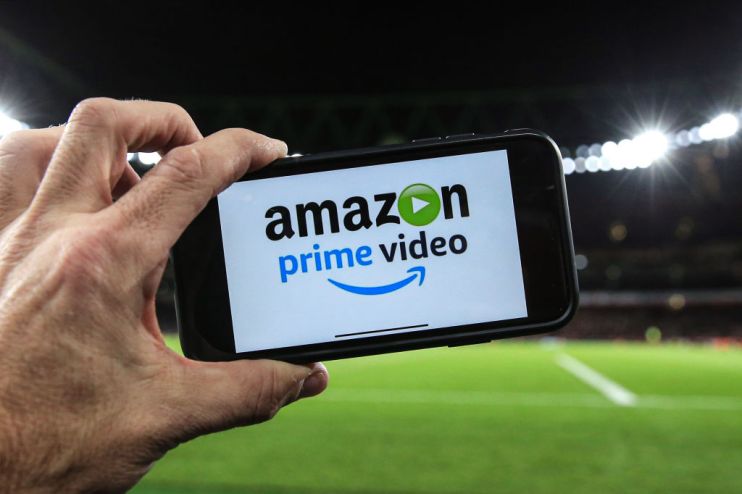
Amazon broadcast its first live football matches in December, showing 20 Premier League games to subscribers on its Prime Video platform.
The decision to make a first foray into the sector was a brave, albeit relatively small, one for the US retail giant. Now that the dust has settled, it looks increasingly like an intelligent one too.
Figures released by Britain’s television ratings body the Broadcasters’ Audience Research Board showed that Amazon Prime Video subscriber numbers increased by 35 per cent year-on-year in the fourth quarter of 2019, to 7.14m homes. Overall, 1.86m new subscribers signed up last year.
Amazon’s Premier League offering was the key to providing the company’s best year for subscribers since launching Prime Video in 2014.
With a solid precedent established and two more rounds of fixtures left in their package, they will be confident of snaring an even larger audience.
Toe in the water
“It’s the first time in the UK we’ve seen a major sport on an over-the-top media service and the delivery of it was near-perfect,” Minal Modha, consumer research lead at Ampere Analysis, told City A.M.
“Amazon were able to deal with the simultaneous streams and provided an experience which was pretty seamless.”
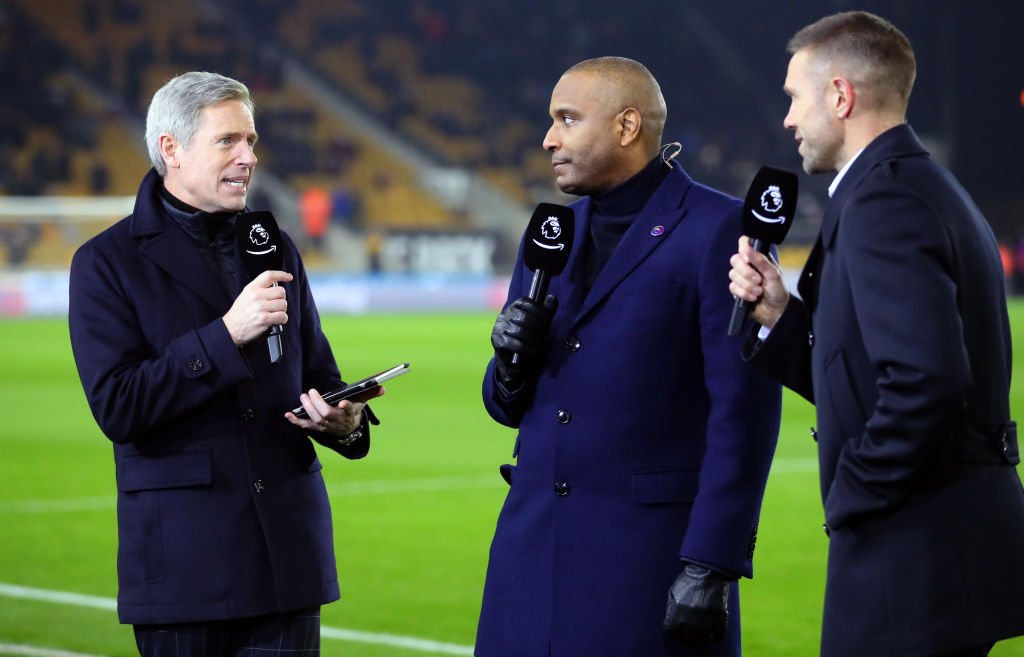
Lewis Wiltshire, a consulting partner at digital sports agency Seven League, agrees.
“It was a really smart move by Amazon to dip a toe into the water with two matchdays and with both of them around Christmas when Prime members are likely to be active,” he told City A.M.
“Prime membership is now one of the most prominent bundles in the media industry.”
Netflix of sports
That Amazon’s move has proven to be a short-term success is fairly obvious, but what it means for the future of Premier League broadcasting is open to interpretation.
Amazon has shown that with the right game-plan, funding and infrastructure, it is possible to muscle in on Sky and BT’s stranglehold on English football and get a piece of the most popular and profitable pie in sports broadcasting.
DAZN, the subscription-based streaming platform and self-styled “Netflix of sports”, is seen as another possible bidder. It is due to launch in the UK in May as part of a major global expansion, having spent big to establish itself in nine countries already.
Before Amazon snapped up its package in the last rights tender process, rumours swirled that fellow media giants Apple, Google, Facebook and Netflix could bid.
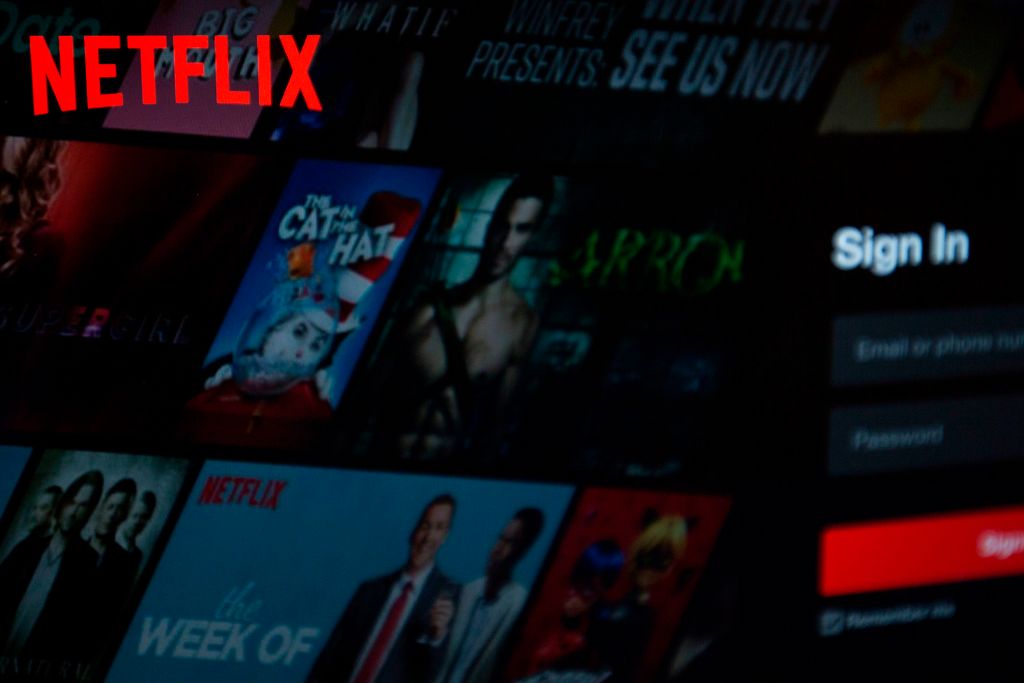
Now that Amazon has taken the plunge, might others reconsider when the next rights packages for 2022-25 go up for sale?
“Not necessarily,” said Wiltshire. “Netflix seems pretty clear in its path on sports – it will have major sports documentaries but not premium live rights.
“Facebook and Google, via YouTube, have both experimented with live sport but neither seems poised to make the kind of splash Amazon did with the Premier League rights. Would it make sense for Apple TV+? Maybe, in time. That’s one to watch.”
Facebook next?
Facebook is streaming two otherwise unavailable FA Cup fifth-round ties this week, Tuesday’s match between Reading and Sheffield United and Wednesday’s fixture between Leicester and Birmingham.
It also has rights to Spain’s LaLiga in India and showed Major League Baseball games in the US via its Watch platform last year, but seems in no rush to push ahead in the sector.
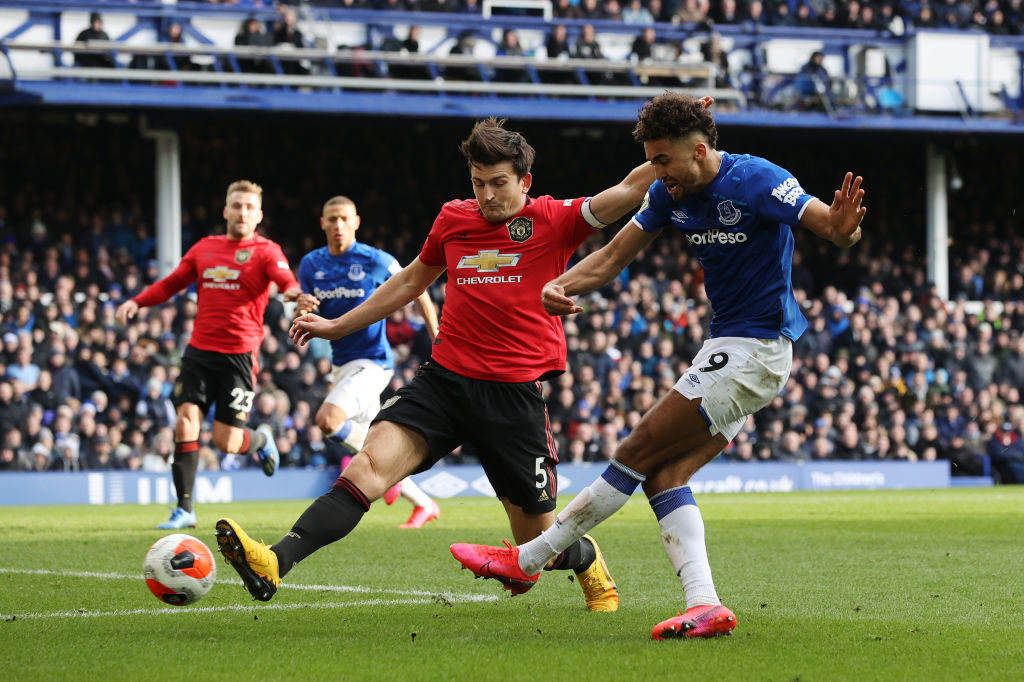
Peter Hutton, the company’s director of global live sports partnerships, said in October that Facebook was currently “testing the market” and “certainly not expecting any huge investments in sports rights in the near future.”
Modha says there are inherent barriers for companies like Facebook and Google entering the market.
“The economics of acquiring exclusive premium sports rights are not supported by an ad-funded business model in the majority of cases, so we doubt it is likely that either will be aggressively competing for core rights in the next cycle,” she said.
Direct-to-consumer
While Amazon’s major competitors might be holding fire for the time being, there is another potential player in the market.
The Premier League could cut out the middleman and sell subscriptions directly to consumers via its own streaming service, a prospect already floated by new chief executive Richard Masters.
“I’m not saying it will happen in the next cycle, or when it will happen, but eventually the Premier League will move to a mix of direct-to-consumer and media rights sales,” he said last month.
However, like other companies they are in no rush, with broadcast rights still selling like hot cakes.
Although the value of Premier League rights in the UK market dipped slightly in the last sales process, overseas rights for the three-year cycle between 2019 and 2022 rose by 35 per cent to £4.35bn.
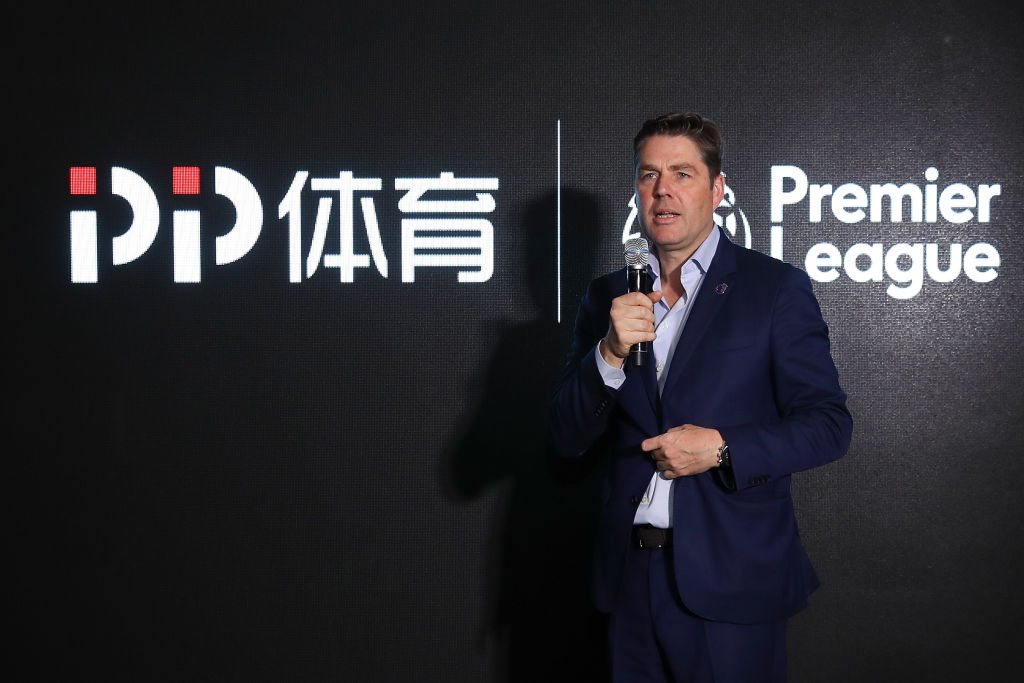
Modha says the Premier League could use a direct-to-consumer – or over-the-top (OTT) – service in markets where rights are not selling well, but that scenario is not yet a worry.
“Recent TV deals such as the one with the Nordic Entertainment Group in Scandinavia [worth £2bn over six years, a 20 per cent increase in value] highlights the appetite for TV rights from third parties in a lot of their key markets,” she said.
“If they’re able to sell the rights at these high values, it would be unlikely that they would want to risk this guaranteed revenue by launching their own service.”
Wiltshire added: “The Premier League, and every other major rights-holder, will want to keep OTT as an option, either to replace or augment TV deals.”
The bottom line for now is that, while Amazon has shown that streaming services are a viable option, they are not one that any of the other major media players need to take just yet.